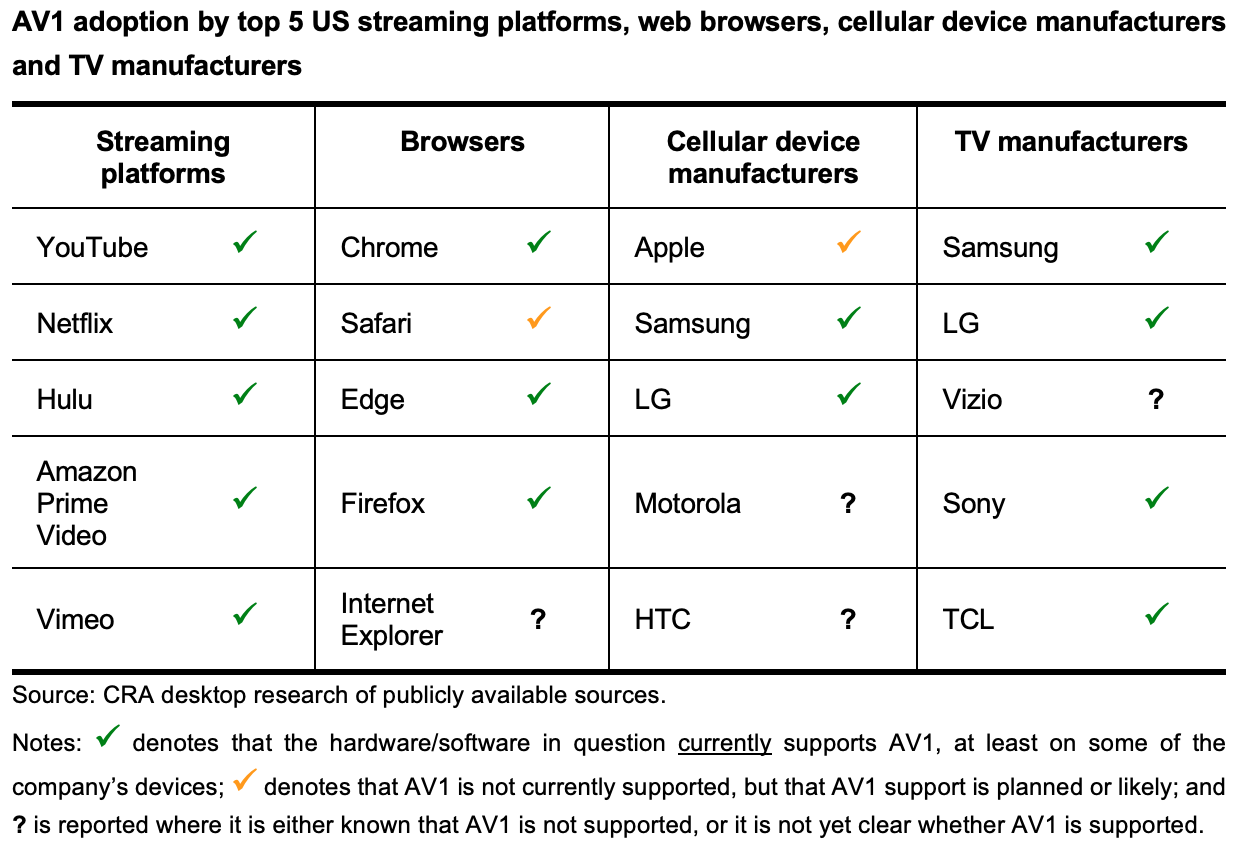In a new economic study, the Perryman Group has determined that enhancements to the America Invents Act’s post-grant review proceedings and increased use of district court stays would have saved the U.S. economy almost $1.5 billion dollars in gross domestic product (GDP), $712.7 million in personal income, and would have generated upwards of +6,792 job-years of employment between 2014 and 2019. That would have been in addition to the substantial savings realized of almost $3 billion already reported based on the current AIA regime. In other words, it could have been upwards of $4.5 billion of GDP savings, combined. This demonstrates that while the AIA has had a strong positive impact on the U.S. economy, it has fallen short of the benefits it could have accomplished with broader use of stays and a more comprehensive mandate.
The study found that U.S. manufacturing would have experienced the greatest gains. It analyzed three scenarios: 1) If all court proceedings on a patent were automatically stayed after IPR was instituted, 2) if all invalidity defenses could be asserted in IPR proceedings, and 3) if both expansions had been in place.
For 1), automatic district court stays, the Report estimates those changes would have led to an increase in U.S. business activity of an additional $543.1 million in GDP, $259.6 million in personal income, and +2,474 job-years of employment.
For 2), adding all defenses to the process, it estimates that adding those defenses would have led to an estimated $731.3 million additional increase in gross product, $349.5 million in personal income, and +3,331 job-years of employment.
And for 3) both, including multiplier effects, it estimates additional savings of $1.49 billion in gross product, $712.7 million in personal income, and +6,792 job-years of employment, noting that the benefits associated with Scenario Three are greater than the sum of the prior two if implemented separately, as the additional proceedings allowed if all invalidity defenses could be asserted would also benefit from being universally stayed while the IPR process is ongoing.
Unified Patent’s Patent Quality Initiative (PQI) previously commissioned a study that demonstrated the substantial financial impact passage of the America Invents Act, and in particular, challenges like inter partes review (IPR), have had on the U.S. economy. That study demonstrated that U.S. businesses and the economy as a whole saved upwards of $2.95 billion dollars in gross domestic product, $1.41 billion in personal income, and generated upwards of +13,500 job-years of employment between 2014 and 2019.
That study relied on the current AIA regime of post-grant review, where district court stays are inconsistently applied, limited grounds of challenge are available, and in practice—given recalcitrance to stay, confusion in caselaw and regulatory requirements like discretionary denials, and some resulting duplication of efforts between fora—the Congressional goals of providing a true cost-effective alternative to inefficient district court litigation have fallen short. Further study was needed to determine how much could have been saved over the same time period had district courts automatically stayed cases or had more grounds of invalidity been available in IPR.
Indeed, innovation has long been recognized as the key factor supporting U.S. economic growth and competitiveness. A critical element of the infrastructure facilitating product development and commercialization is the system that protects intellectual property and encourages its widespread adoption and implementation. The current framework that facilitates this process includes the Leahy-Smith America Invents Act (AIA) and the Patent Trial and Appeal Board (PTAB). The AIA and PTAB reduce the need for patent litigation, reducing costs and generating substantial economic benefits. Potential expansions of the AIA would lead to additional gains in business activity.
Economic performance in the United States over the long term is tied to innovation. The AIA and PTAB not only support innovation, but also generate substantial economic benefits. These benefits could be even greater with expansion of the AIA.
The report is part of Unified Patents’ ongoing Patent Quality Initiative (PQI), an effort to gather and provide objective data and research demonstrating how lowering patent quality will inevitably lead to even higher cost and risk for U.S. SMEs, inventors, and manufacturers, and can lead to less innovation, fewer U.S. jobs, and a drain on the U.S. economy. Our PQI aims to provide data, studies, and testimonials to give policymakers and practitioners a clear picture of the state of the patent system. More information about our PQI efforts can be found here.











